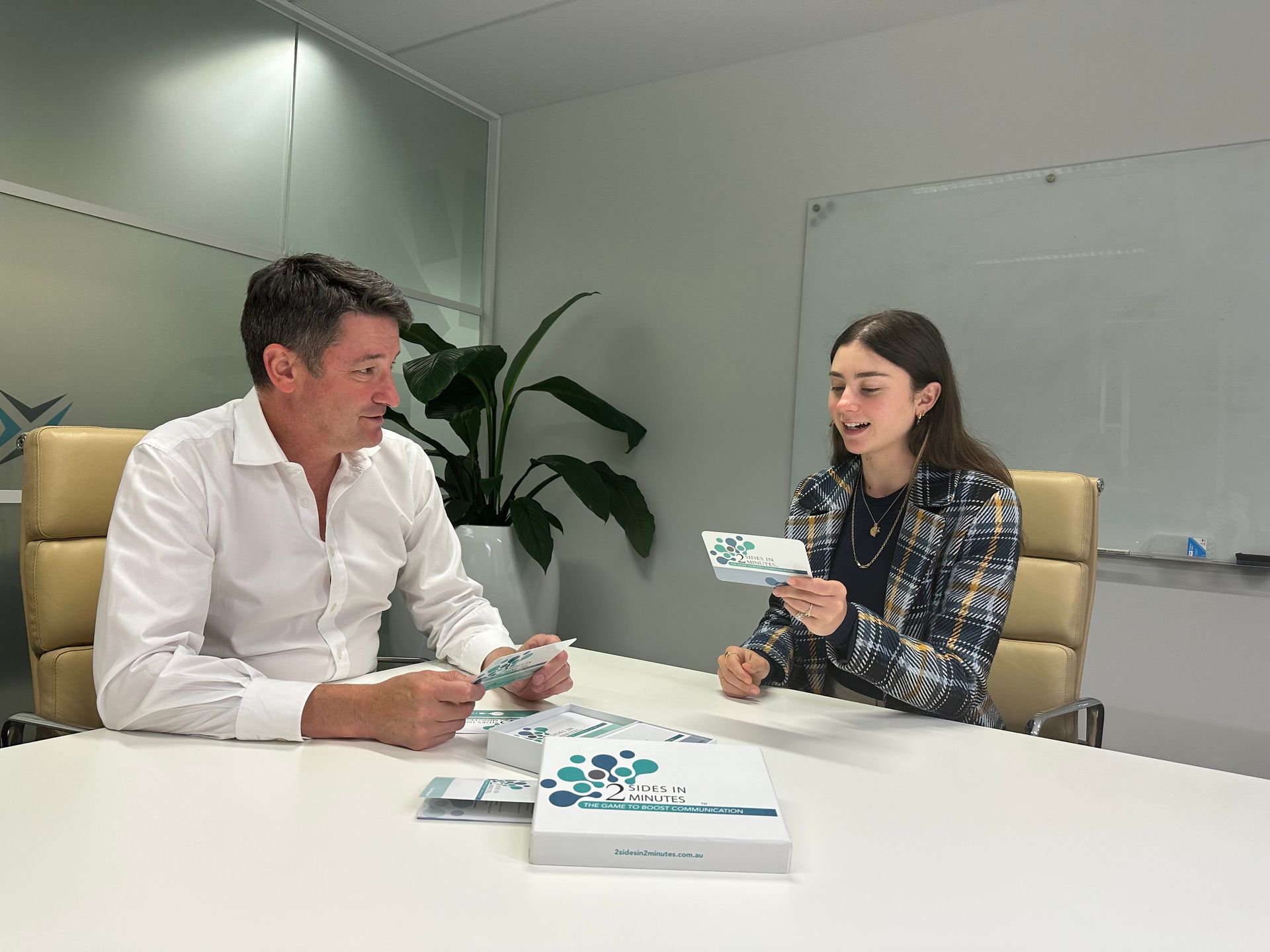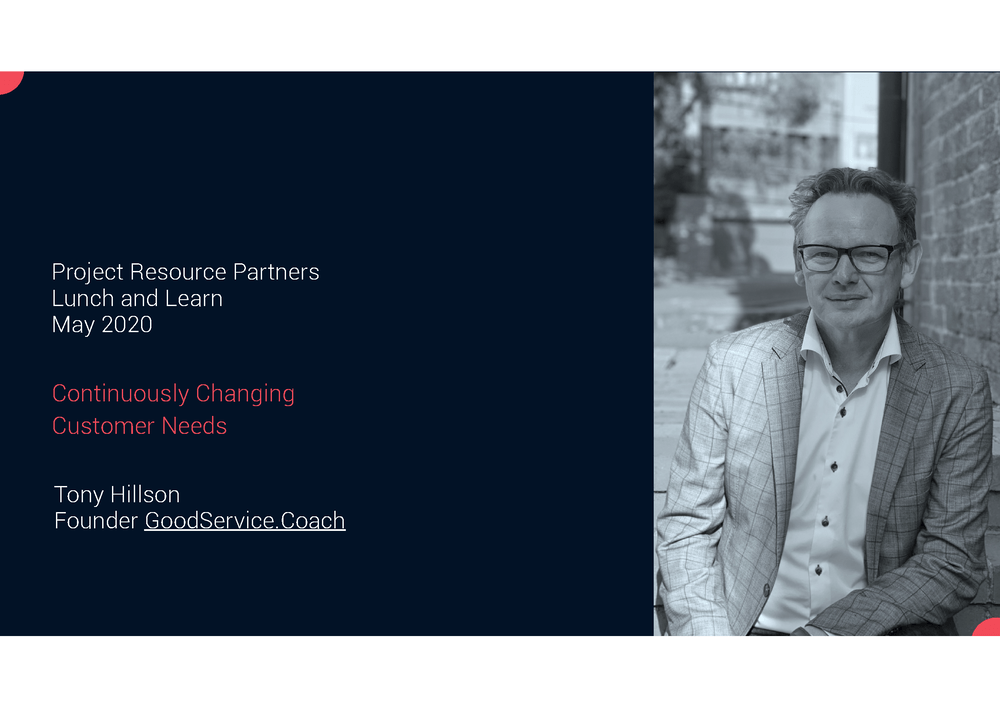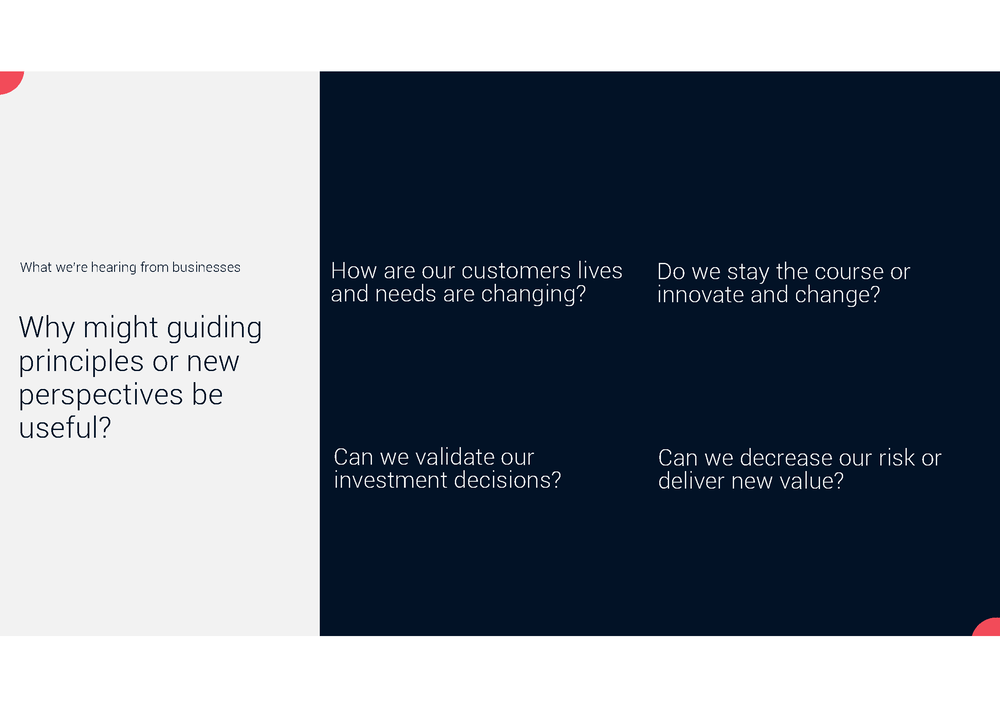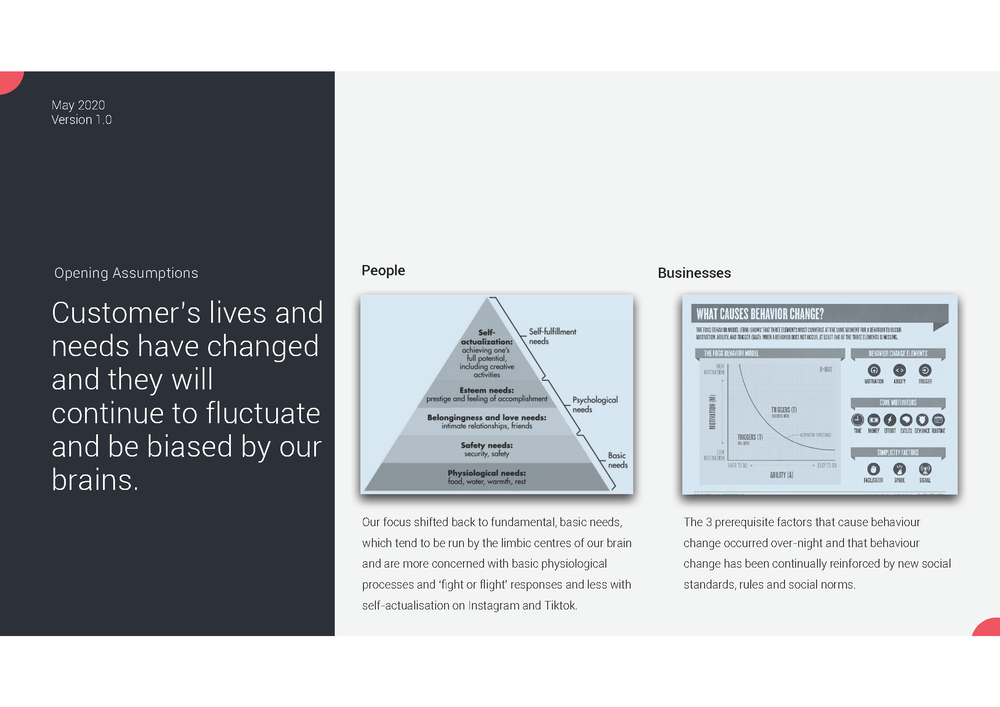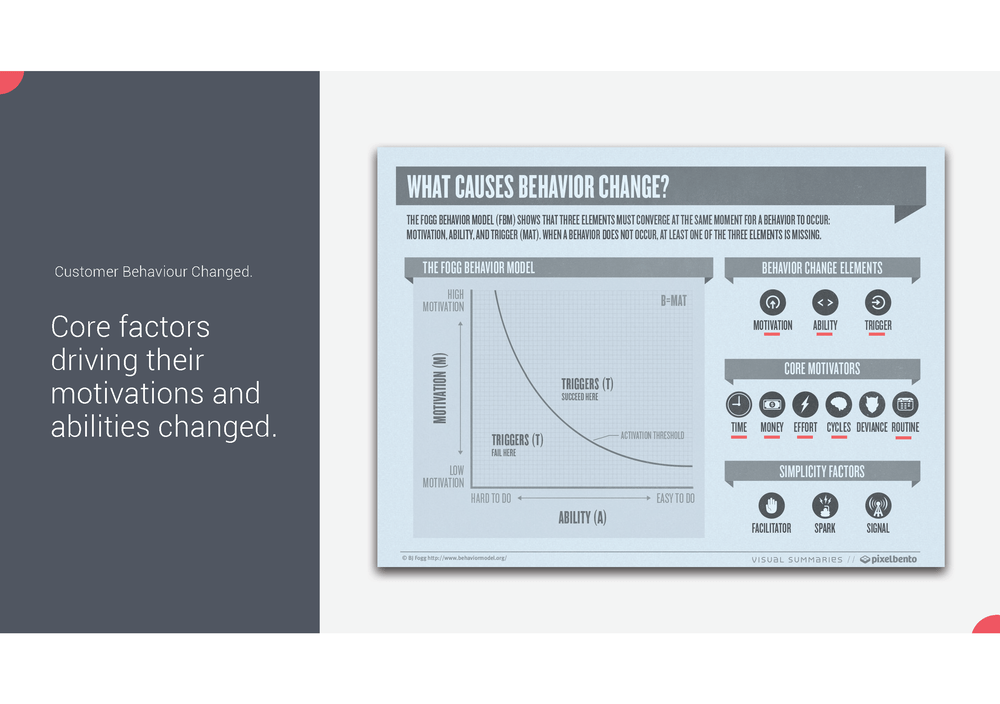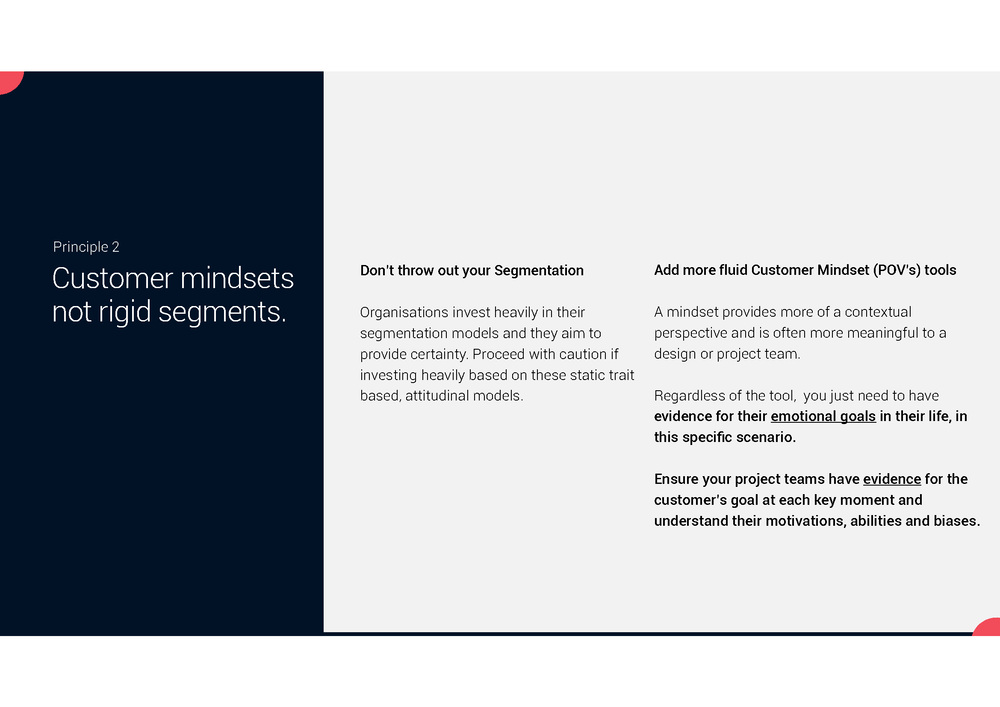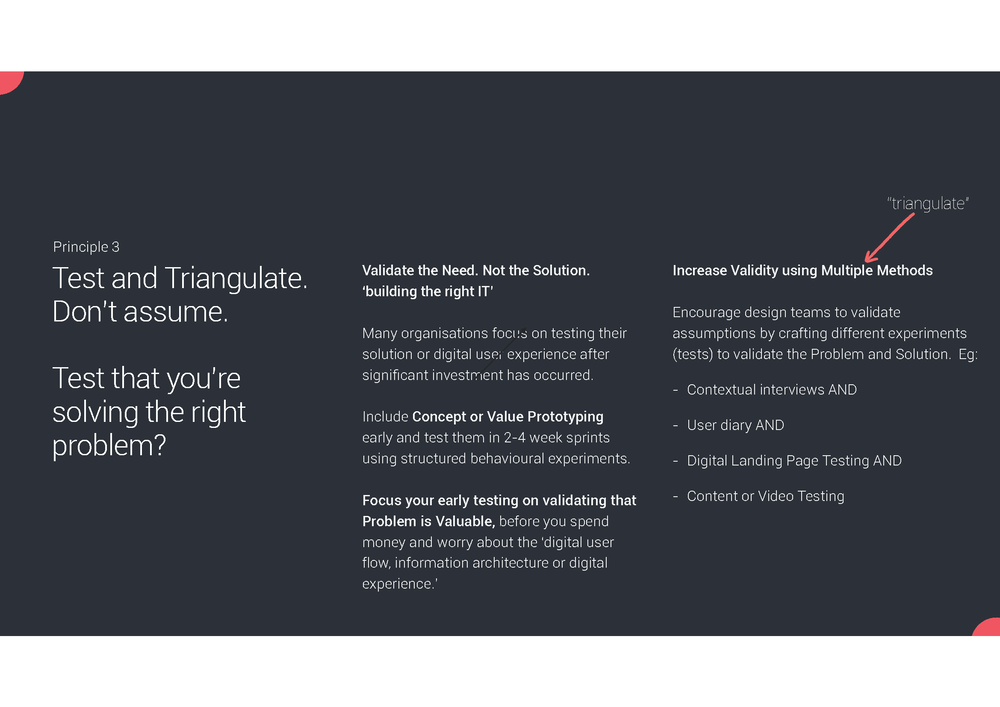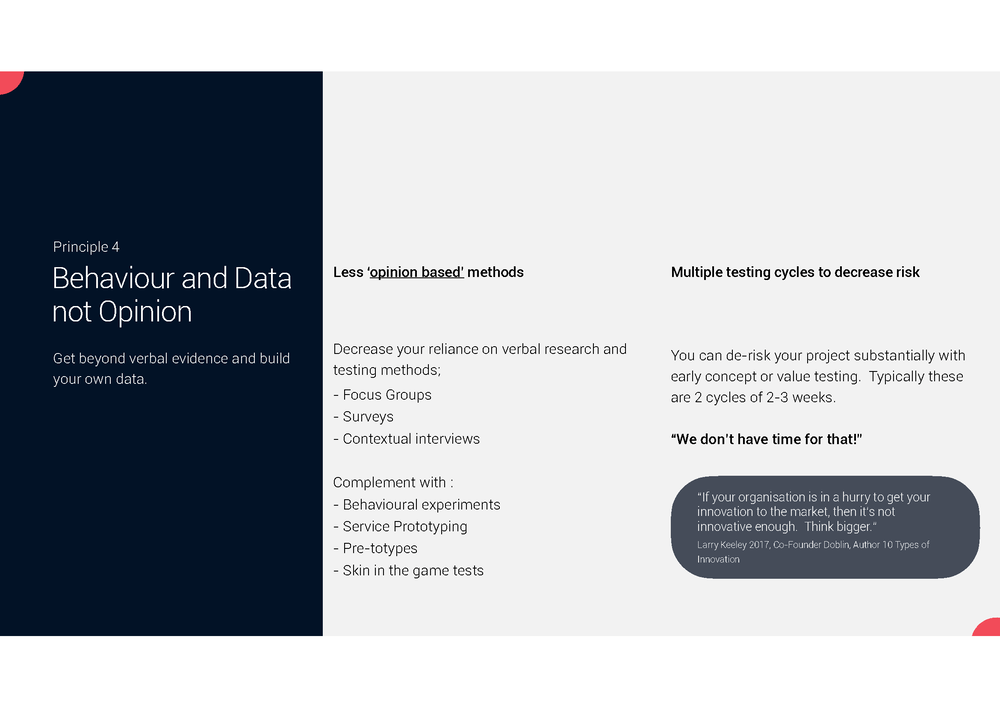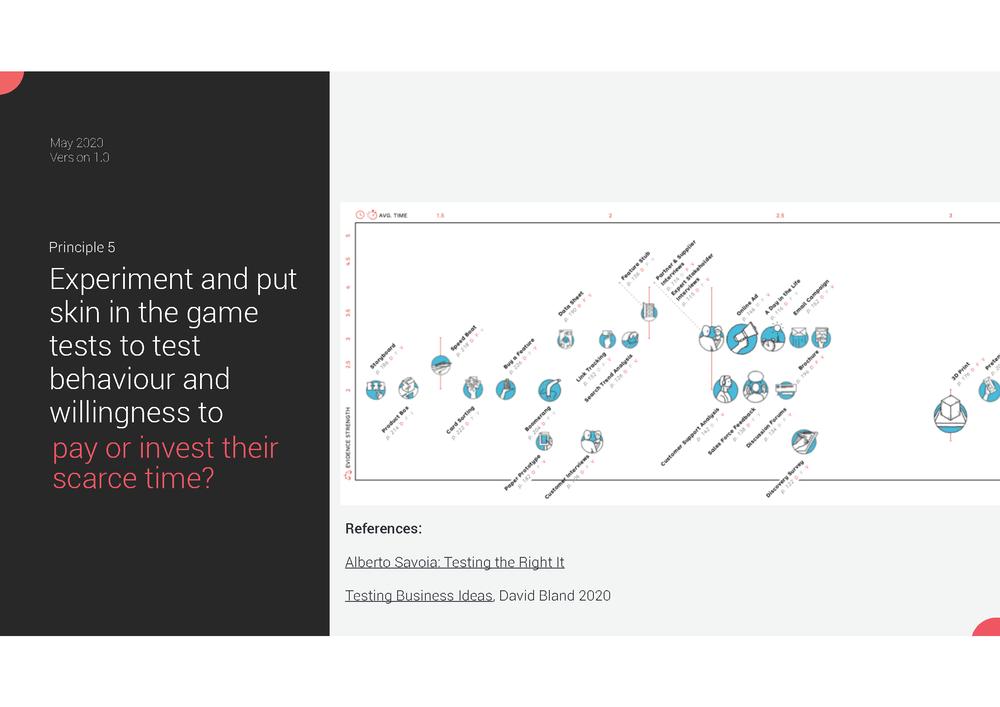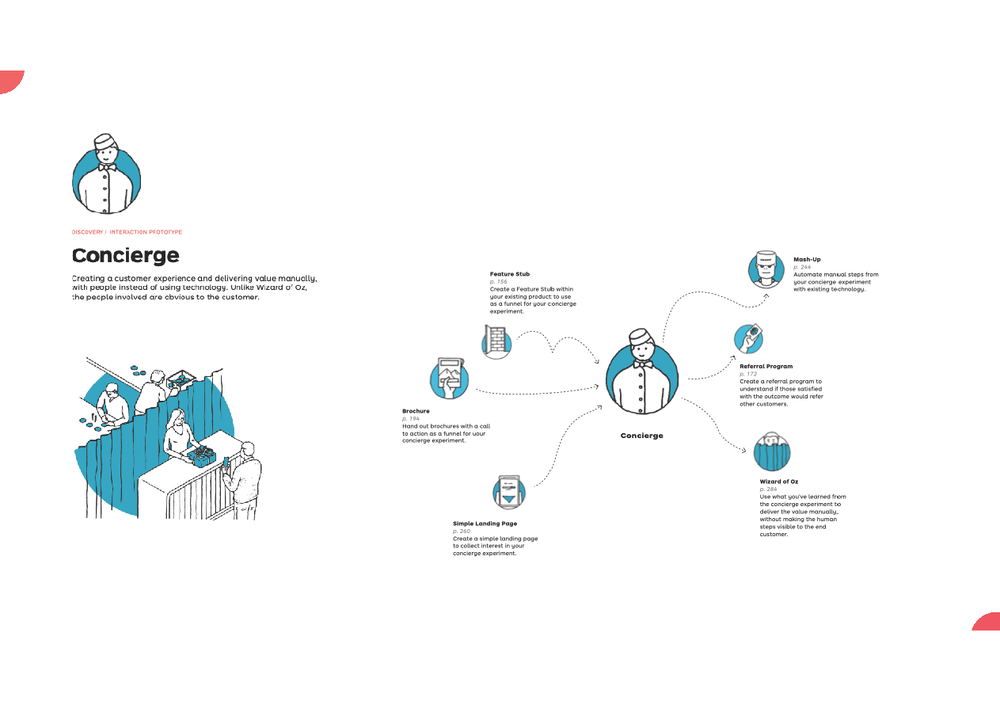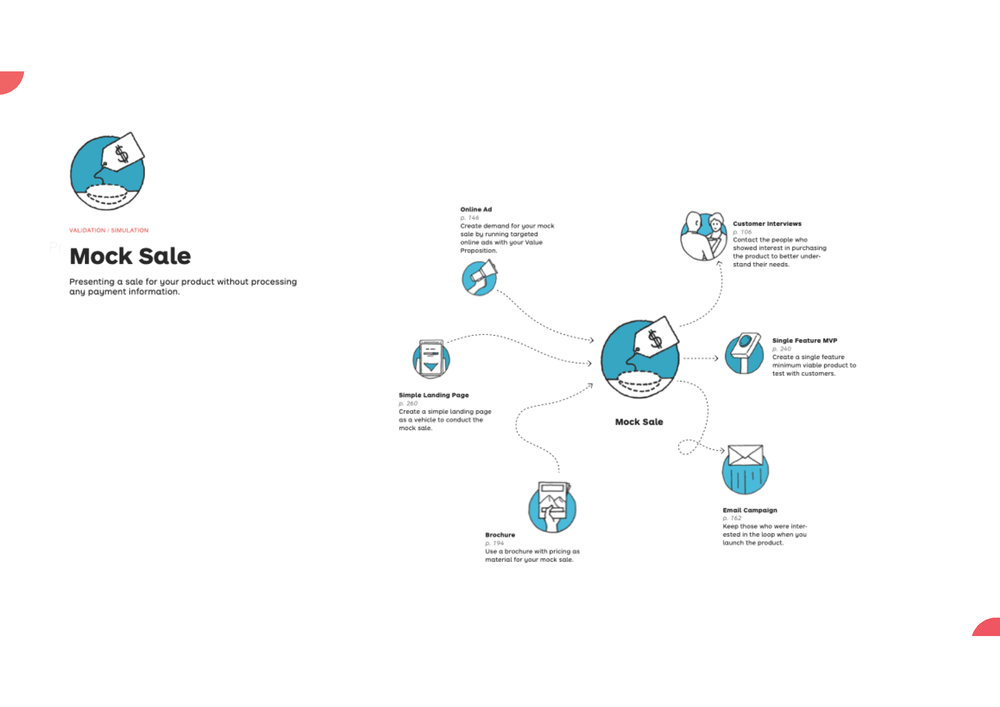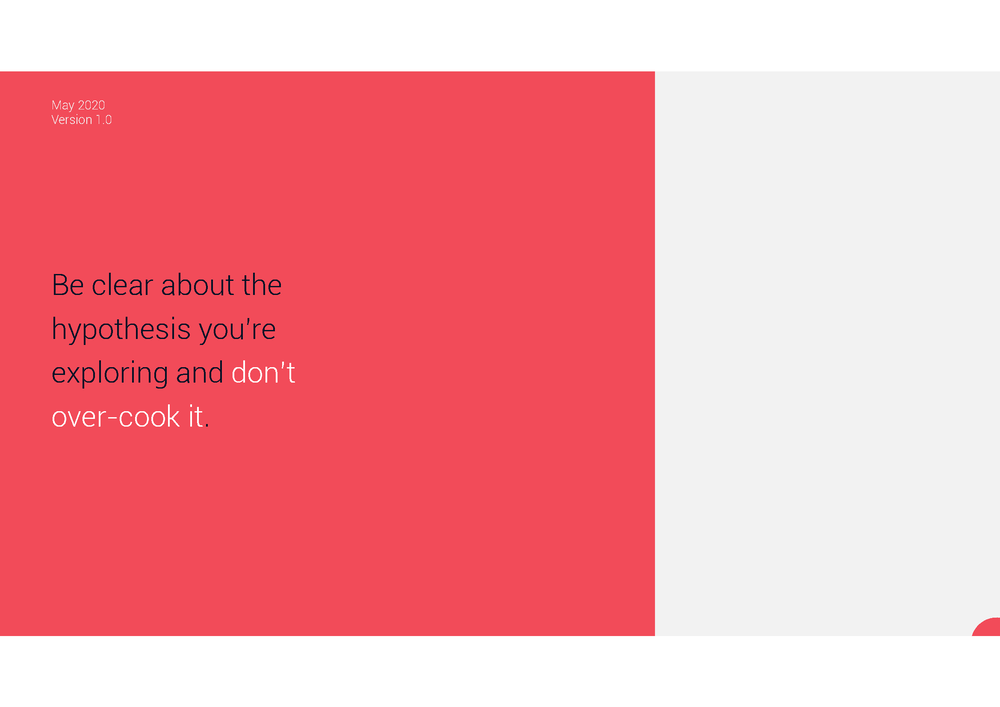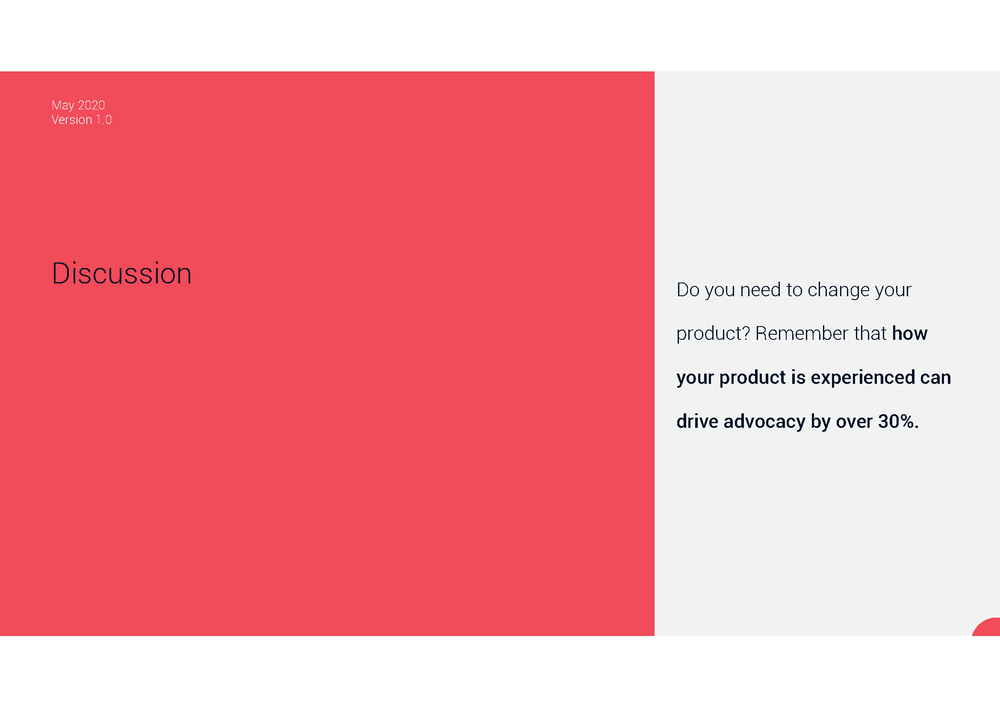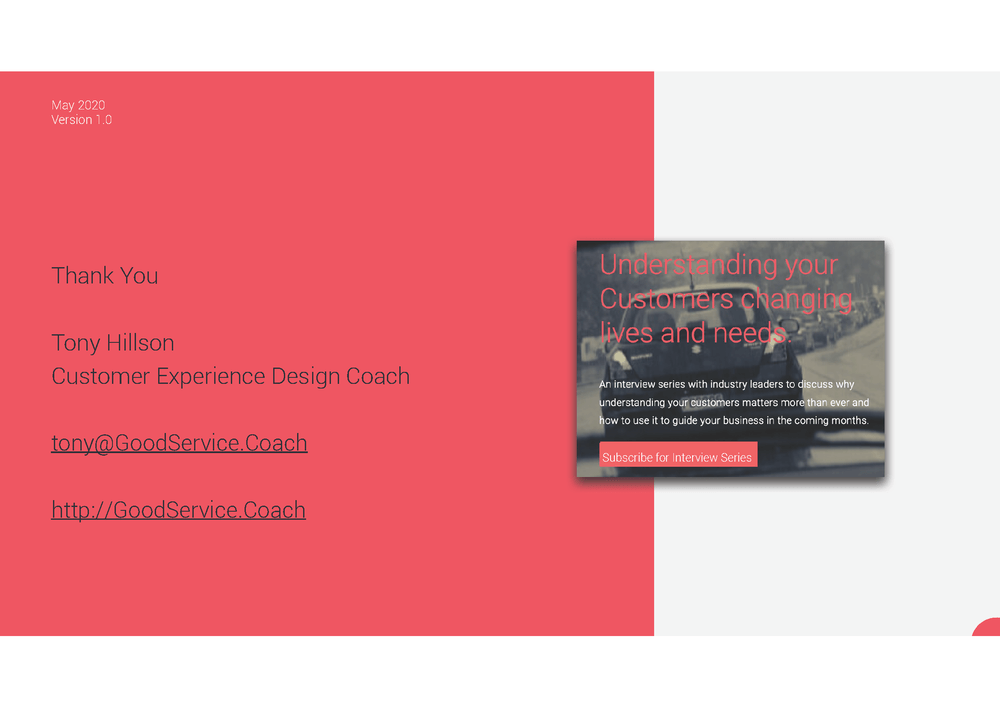Trending Blogs


CONTINUOUSLY CHANGING CUSTOMER NEEDS
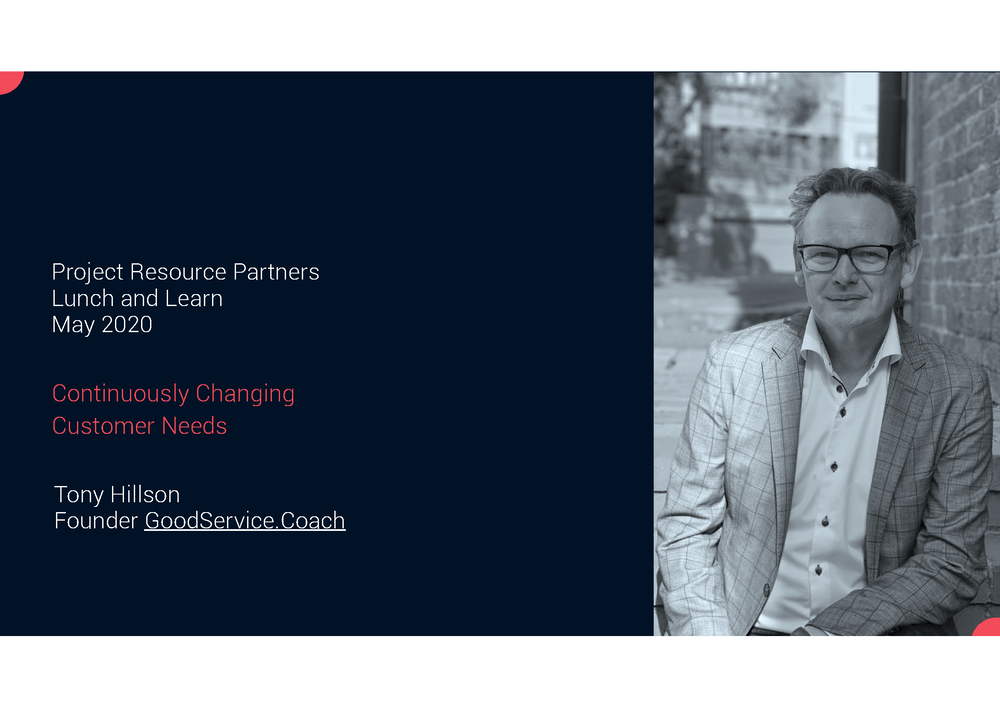
Last week, Project Resource Partners were lucky enough to have Customer Experience and Design expert Tony Hillson, of Good Service Coach present at our most recent workshop; Continuously Changing Customer Needs. The discussion looked at how we can keep up with what has changed for our customers and principles to follow ensuring investment is spent in the right places, if it needs to be spent and / or not over investing.
Below are the slides from Tony’s presentation. If you have the time, it is certainly worth looking at as our customers go through a period of more change and disruption, influencing what is important to them, and therefore what should be important to us as we look to assist our customers.
Here are my top takeaways from the event:
- What our customers want, in fact need, continues to change and the needs move back toward basic needs in a time of crisis. That means security and safety outweigh self actualisation!
- There is a need for us as a business to ensure our service is desirable to our customers in their lives, and that they are willing to buy it
- COVID-19 overnight changed how we behaved as it combined the three basic elements needed to change. We had motivation to change, the ability to change and there was a trigger
- Our customers have changed how they perceive value and how they decide what is important. They worry about loss over gain, and now not the future. It is need over want!
- This should then influence our assumptions about what our customers need, but we need to understand our assumptions, rank them by risk and then test them
- Testing effectively requires evidence of emotional goals in certain scenarios, and evidence to ensure an understanding of motivation, ability and bias
- This means testing the need and not the solution, and doing it as early as possible, in different ways, to ensure the problem has value
- Behavior and data are what we want as proof, as distinct from opinions, so we need to prototype, do behavioral tests or ‘pre-totype’, and none of these have to be expensive or complicated
- Is your customer willing to to pay money or invest their scarce time in your solution?
- Remember as well that it may not be the product that needs to change, but how the customer experiences it
Those are my takeouts, but I would be interested in what strikes you after you’ve looked through Tony’s presentation:

